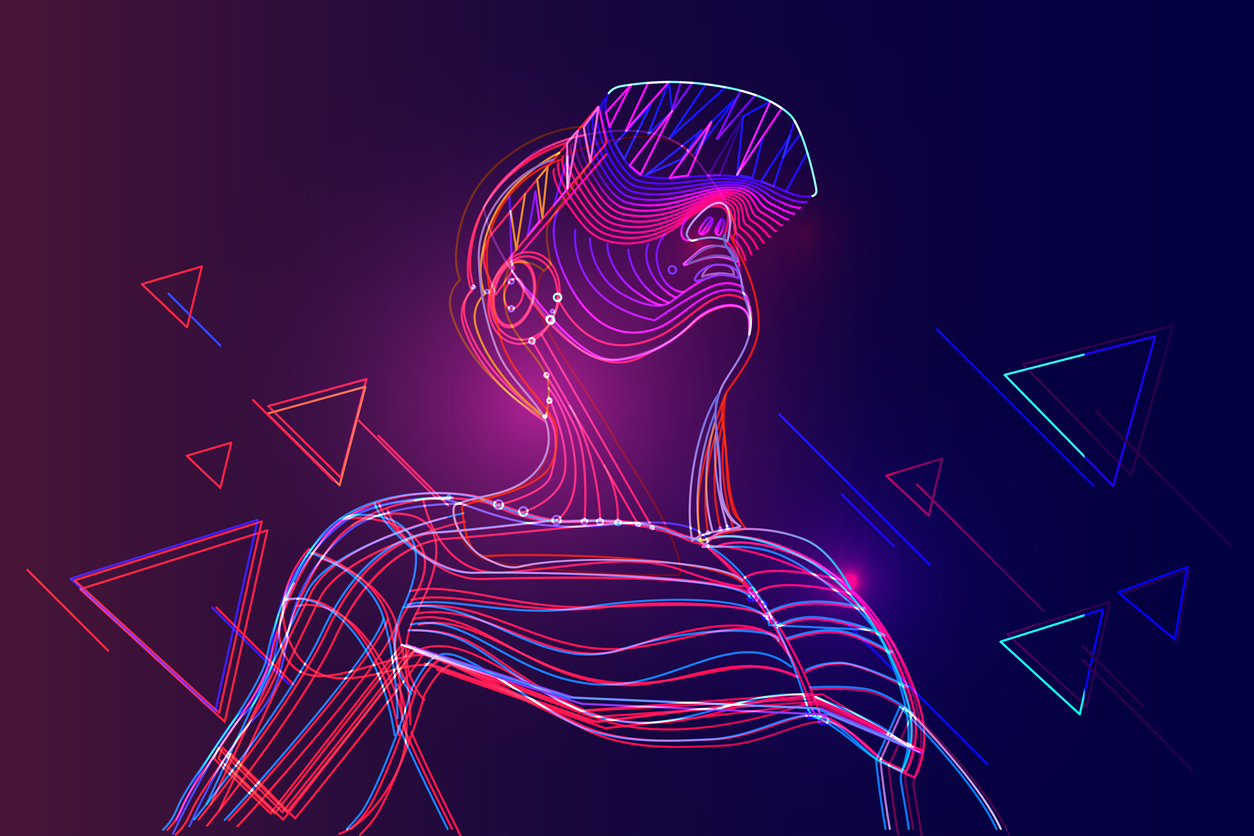3 Ways How VR Can Support Mental Health Therapy

According to Doctor Poppy Brown in a presentation at the World Economic Forum, Virtual reality may be a potential solution for psycho therapies. It could be potentially be an alternative and affordable mental health treatment. By simulating real world environments, people can safely experience and overcome situations that normally appear challenging to them. These virtual scenarios may help a person overcome situations such as anxiety and phobias.
World Economic Forum list out three ways that VR could transform mental health therapies.
1.Onsite Coaching
The most successful form of therapeutic intervention assist patient to change the way think and respond in situations which they find challenging. Some examples are like cluster-phobia and while being in environment which causes a person to feel uncomfortable. Other situations may be getting onto a crowded bus, and leaving the house to a social event.
People tend to recall information best when they are in same state of being, whether physically or mentally, as when the memory was first established in the brain. Psychologist refer this as "state dependent" learning. For instance, if we want someone to remember a technique that would help to overcome their anxiety while shopping for food, it is usually best to take them to a supermarket during the treatment session in order to for them to best adopt the methodology.
However, such onsite coach rarely happens in the real world due to factors like cost associated with the time required to perform such therapy treatments. This is where VR can best serve its purpose. VR can simulate real world environments in the doctor's office, enabling the patient to interact with the virtual world as if they were real. Patients can enter situation that they normally find challenging and learn therapeutic techniques to overcome their challenges, while the psycho therapist sit right next them.
Even though the patient knows they are not really there in the supermarket, they would still behave and respond as if they were really there physically and psychologically. Thus, information learned via VR can be directly transformed to apply in the real world.
In a study of 30 patients with fear of real world social environments, data shows that patients fear dropped by 50% after a single virtual reality therapeutic session. Similar finding have been reported for other mental challenges, such as vertigo and social anxiety.
2.Willingness
It is often easier for doctors to ask a patient put on a VR headset, as opposed to sending them to the top of a skyscraper building to conquer their fear of height. This is because the patient is aware that this is merely a simulated reality, and that they won't feel embarrassed to pee in their pants if they really went up a 100 floor rooftop.
A study was performed at the University of Oxford on treating fear of heights, where participants began their journey in the virtual atrium of a 10 story building, where they can determine which floor to go to. Participants were able to practice on the lower levels, and eventually work their way up higher floors as their confidence improves.
3.Standardize Coaching
Since every person is different in their own ways, this include the therapist. Perhaps the most profound way to VR therapy is the ability to automate and standardize the treatment process. This would allow the virtual coach to explain and brief to the patient to teach them about the therapeutic technique to try out.
University of Oxford has developed a virtual coach named Nic, used in ongoing research with mental health treatments in virtual reality. Nic's duties include providing instructions and encouragement to users during psychological treatments.
Virtual Coach similar to Nic can be programmed to assume the role of a therapist, without the need of an actual therapist to be present at every therapy session. Instead, someone less experienced, such as graduate psycho therapist or assistants can lead the session with the patient, providing support alongside with the virtual coach Nic.
Since there are many more graduate therapists and assistants available, this type of treatment can ensure more patients can obtain what they need without assuming the higher cost and lead-time.
As VR software and hardware becomes more mainstream and affordable, the potential to integrate VR treatment in mental health service provider appears promising in the near future. It may never replace the position of a professional therapist, but it can ultimate serve many purposes as mentioned in this article.
